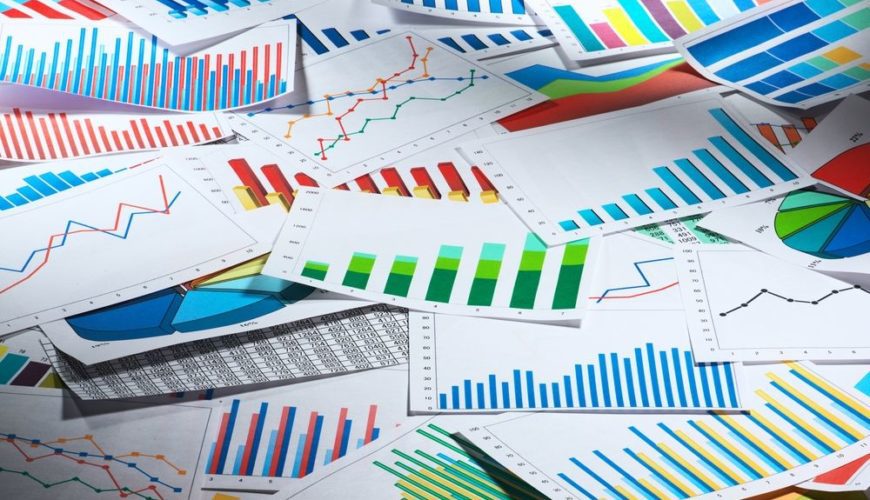Quantitative Research is a structured way of collecting and analyzing data obtained from different sources. It involves the use of computational, statistical, and mathematical tools to derive results.
Quantitative Research is conclusive in its purpose as it tries to quantify the problem and understand how prevalent it is by looking for projectable results to a larger population.
Companies who use quantitative research rather than qualitative are typically looking to measure extent and looking for statistical results that are interpreted objectively. The results of quantitative research are interpreted in an almost similar manner by all experts.
Below are the areas that quantitative research can be used to measure:
UNDERSTANDING
- Market landscaping
- Market demand identification
- Consumer Usage & Attitude
- Brand Image & Positioning
DEVELOPMENT
- Concept test
- Product assessment
- Advertising communications test
- Packaging/design assessment
MONITORING
- Brand Health tracking
- Advertising tracking
EVALUATING
- Event/activity/promotion evaluation
- Customer satisfaction survey
- Service standard measurement
Data collection is one of the most important aspects of the quantitative research process. Data collection involves having the researcher to prepare and obtain the required information from the target audience.
Data preparation includes determining the objective of data collection, methods of obtaining information, and the sequence of data collection activities. One of the most important aspect in this process is selecting the right sample for data collection. The data is then carefully collected from only those people who are most relevant to the objectives of the study. Known as a target segment, this sample is a group of people who are similar across a variety of variables.
The most common approach to doing quantitative market research is a survey or questionnaire. Surveys can include interviews, which can be carried out using several different methodologies including face-to-face, telephone, online or computer assisted interviews.
After data collection, another step is the data analysis process.
The analysis of statistical data requires systematic tools and processes to be conducted. Many analytical tools exist such as independent sample t-tests, correlated t-tests, variance calculations, and regression analysis that can be used to derive results from the data.
If you need help with market research in Cambodia, please contact us: vuthy@mrtsconsulting.com

